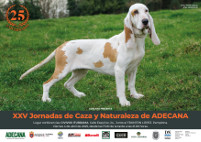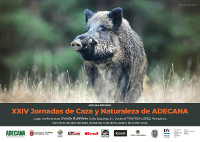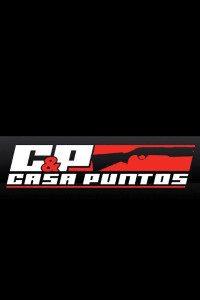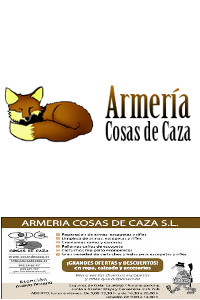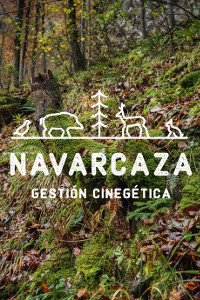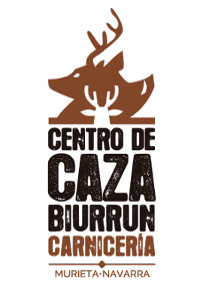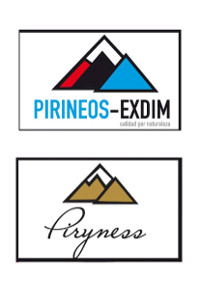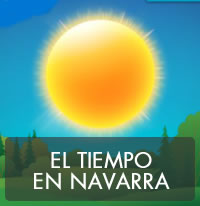Sidebar
Glossary
Annually events for Joomla community organized around the world. Joomla.org has a brief list of major Joomla Day since its early days at http://docs.joomla.org/Joomla!_Days/History
RSS (which stands for, among other things, Really Simple Syndication) that allows you to syndicate your site content. It defines an easy way to share and view headlines and content through newsfeeds. You can find RSS feeds in hundreds of thousands of places on the Internet which allow you to stream their articles into RSS readers - or your Joomla site.
The Feed Display module allows you to display other sites’ RSS feeds on your site, which is a great way to keep your content from being static.
Languages are perhaps the most basic and critical extension type. Languages are packaged as either a core language pack or an extension language pack. These packages consist of INI files which contain key/value pairs. These key/value pairs provide the translation of static text strings within Joomla! source code. This allows both the Joomla! core and third party components and modules to be internationalised. Core language packs also include an XML meta file describing the language and providing information about the fonts to use for PDF content generation.
Reference: http://docs.joomla.org/Glossary
The process of optimizing your pages to give them high-ranking placement in the search results page of a search engine (SERP) - including Google, Bing, Yahoo and other search engines.
An abbreviation for “Linux Apache MySQL Perl/PHP/Python.” These group of free and open source programs are used to run many dynamic websites. Most Joomla sites run with Apache and MySQL. All run with PHP. In addition, JavaScript is now an important part of the Joomla “stack.”
Search-engine friendly URLs. Refers to URLs that are descriptive in a way that search engines can understand. Normal Joomla! URLs look something like this: http://www.yoursite.org/index.php?option=com_content&view=section&id=3&Itemid=41
You can optionally have URLs display to look like static HTML pages like this: http://www.yoursite.org/faq.html
Joomla! 1.5 has built-in optionos for SEF URLs. These are enabled by changing the ""SEO Settings"" in the Site tab in the Global Configuration screen in the Joomla! back-end. There are also third-party extensions that create SEF URLs for Joomla!.
Reference: http://docs.joomla.org/Glossary
A split menu is where different levels of a single menu are displayed in two or more locations on a single web page.
For example, a common requirement is for a menu of top-level items to appear at the top of the page. When one of the items is clicked the user is taken to a page where a secondary menu, say on the left of the page, shows second-level items within the scope of the top-level item.
The menus appear in separate locations on the page, but are related because one shows only top-level items while the other shows second-level items.
This idea can be extended to include menus for third-level items and beyond.
This can be implemented in Joomla using a single multi-level menu then creating more than one menu module each referring to a different level.
Reference: http://docs.joomla.org/Glossary
















